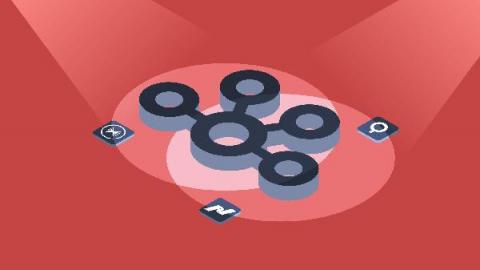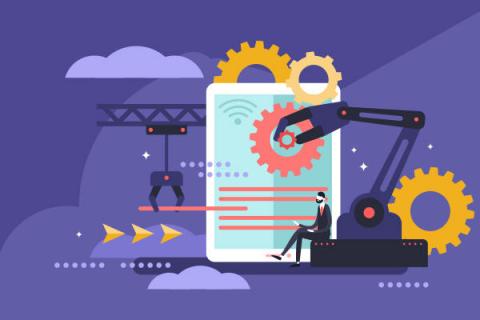5 Architectural Patterns for Securing Connectivity at Scale
In the age of surgical robots, smart refrigerators, self-driving vehicles and unmanned aerial vehicles, connectivity undoubtedly is a foundational block for our modern world. Connectivity not only enables easy access to resources, but it also opens up opportunities to drive innovation by connecting isolated systems. Connectivity drives digital transformation.










